While everyone has heard of female pioneers like Amelia Earhart, Rosa Parks and Ruth Bader Ginsberg, the stories of many other brilliant and bold women in American history don’t often get told.
This Women’s History Month, historians from the University of Maryland’s College of Arts and Humanities introduce us to seven of them:
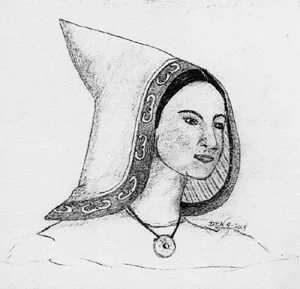
Molly Ockett
A member of the Abenaki, an Algonquian-speaking North American Indian tribe, Molly Ockett was born “Singing Bird” around 1740 and baptized as “Marie Agathe” (she probably pronounced her name “Mali Agat,” which sounded like “Molly Ockett” to English ears).
Even amid the backdrop of colonization of her ancestral lands, Ockett maintained traditional Abenaki ways and became a widely known traveling healer, practicing herbal medicine, cultivating ecological knowledge and making crafts—always dressed in her beaded moccasins and a peaked cap.
According to the biography of Hannibal Hamlin, Abraham Lincoln’s vice president, Ockett saved his life when he was a baby.
—Submitted by Associate Professor Clare Lyons, who teaches “Readings in the History of Women, Gender, and Sexuality in the U.S.”
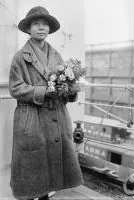
Mabel Ping-Hua Lee
Mabel Ping-Gua Lee became involved in activism and women’s rights shortly after moving to New York City from China in 1905 at age 9. By the time she was 16, she helped lead a suffrage parade attended by some 10,000 people.
Her work as an advocate was especially notable because, as an immigrant, she was ineligible for citizenship; she wasn’t granted the right to vote until the Chinese Exclusion Act was repealed in 1943.
Lee was the first Chinese woman in the U.S. to graduate with a Ph.D. in economics; she received her doctorate from Columbia University in 1921.
–Submitted by Lecturer Katarina Keane, who teaches “Women in America Since 1880”
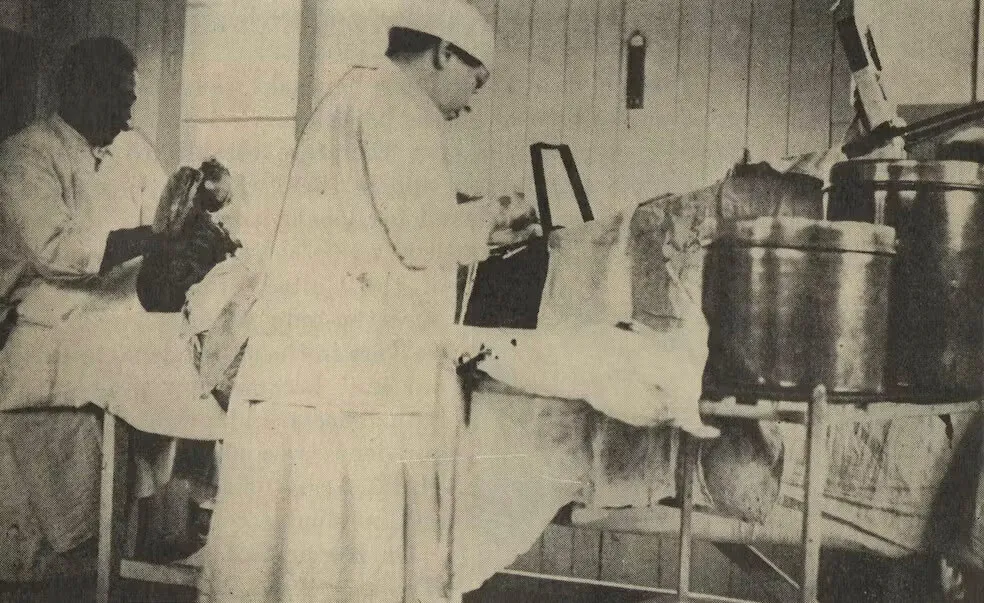
Caroline Sandford Finley
Though the U.S. Army refused to admit female physicians to the Army Medical Corp during World War I, Dr. Caroline Sandford Finley made her way to France in 1918 and headed a Women's Overseas Hospital Unit funded by the National American Woman Suffrage Association. Finley and her fellow suffragist physicians and nurses considered their wartime work a way to prove their citizenship and earn the vote.
Along with fellow physicians Mary Lee Edward and Anna I. Von Sholly, the French government awarded Finley the Croix de Guerre for "excellent surgical work performed under heavy barrage in France," according to the Journal of the American Medical Association.
—Submitted by Ph.D. candidate Lauren Cain, who teaches “Women and War in American History”
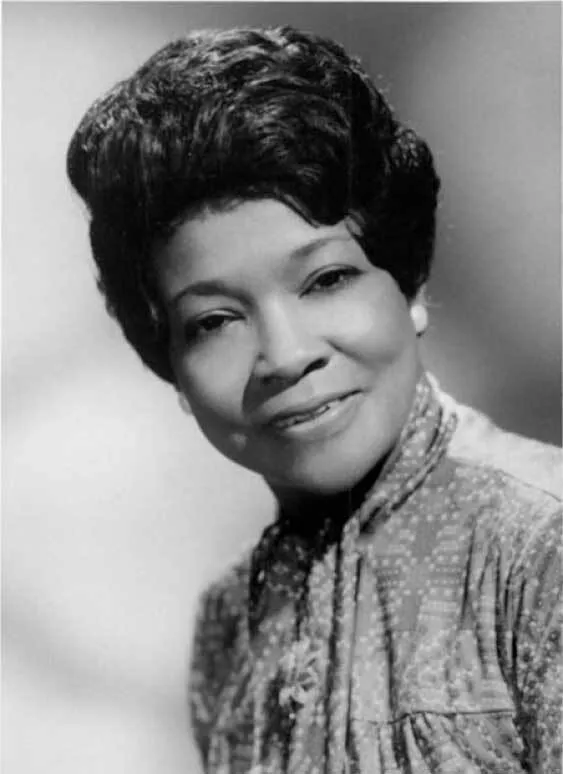
Addie Wyatt
After migrating from Mississippi to Chicago as a teen, African American Addie Wyatt began work in the meat-packing industry and joined the Amalgamated Meat Cutters and Butcher Workmen of North America in 1941.
She later became president of her majority-white local union—the first woman to hold such a position—and went on to become the first woman to be elected an international vice president of the Amalgamated union.
Wyatt became an ordained minister in 1955 and from 1956 to 1968, she joined the Rev. Martin Luther King, Jr. in major civil rights marches. Wyatt also proved an important leader in the emerging feminist movement. She served on a labor subcommittee of John F. Kennedy’s Presidential Commission on the Status of Women from 1961 to 1963; she was an original member of the National Organization for Women in 1966; and in 1974, she co-founded the Coalition of Labor Union Women to promote policies that benefited women workers.
In 1975, with the politician Barbara Jordan, she was the first African American woman named by Time magazine as Person of the Year.
—Submitted by Professor Robyn Muncy, who teaches “Women and Reform Movements in the Twentieth-Century United States”
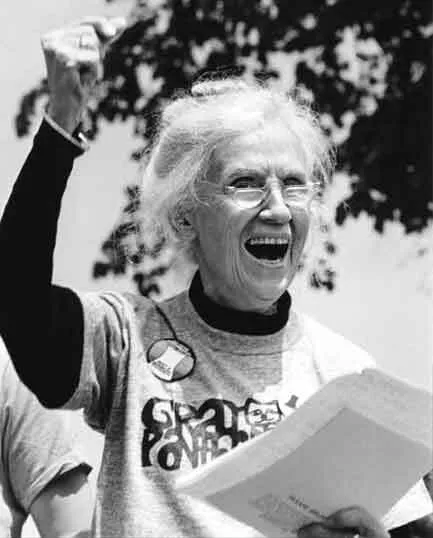
Maggie Kuhn
After being subjected to mandatory retirement from a much-loved job in the Presbyterian Church months before her 65th birthday, Philadelphian Maggie Kuhn co-founded the Consultation of Older Persons—later renamed the Gray Panthers—in 1970 to fight against ageism.
In 1972, Kuhn addressed reporters and introduced the Gray Panthers to the nation as a new liberation movement to motivate seniors to “get out of their rocking chairs and into public affairs.”
The Gray Panthers organized around issues including mandatory retirement, nursing home reform and ageist depictions of older Americans in the media. By the late 1970s, it had 100,000 members in more than 30 states.
—Submitted by Keane
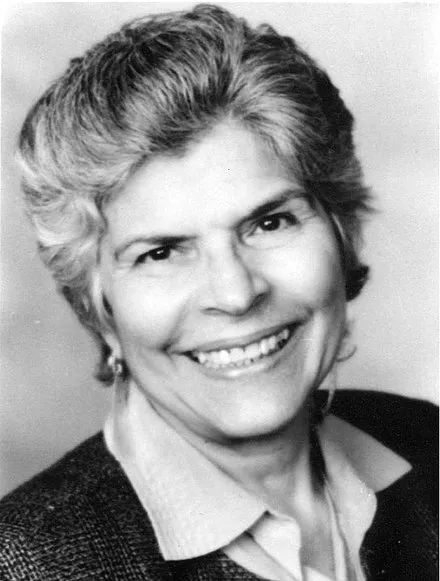
Helen Rodriguez-Trias
Puerto Rican physician Dr. Helen Rodriguez-Trias began her career working in pediatrics and neonatal care. After a divorce, the single mother of four moved to New York and became increasingly involved in fighting for reproductive rights and to end sexism in health care.
She helped to found the Committee to End Sterilization Abuse in 1970 and the Women’s Caucus in the American Public Health Association (APHA) in 1971. Her work on sterilization abuse helped to broaden the women's movement's definition of reproductive freedom to include protections against sterilization without consent. She was a founding member of the Committee for Abortion Rights and Against Sterilization Abuse in 1979, and became the first Latina president of the APHA in 1993.
—Submitted by Muncy and Keane
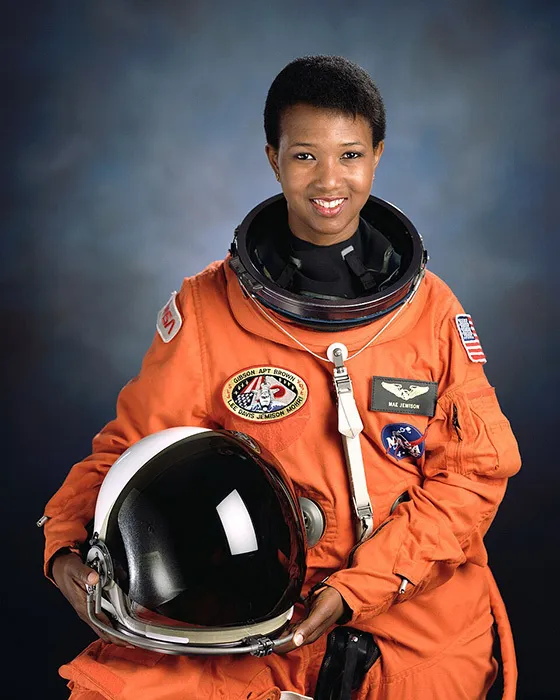
Mae Jemison
From a young age, Dr. Mae Jemison was determined to travel to space. After graduating from Stanford University, Jemison attended Cornell Medical School and went on to practice medicine. Fluent in Russian, Japanese and Swahili, she joined the Peace Corps in 1983 and served as a medical officer for two years in Africa.
Inspired by Sally Ride becoming the first American woman in space in 1983, Jemison then decided to apply to the astronaut program at NASA. On Sept. 12, 1992, Jemison and six other astronauts went into space on the space shuttle Endeavor, making her the first African American woman in space.
She’s spent her years after NASA advocating for women and people of color in the sciences, and is currently leading a project to make sure human space travel to another star is possible within the next 100 years.
—Submitted by Keane
Topics
Research